Forisk has built hundreds of market-specific, forward-looking models for timber prices, forest industry production, wood bioenergy capacities, and the U.S. economy. Our team studied data sources, developed models, and back-tested results. From this experience, we apply key lessons as guidelines for developing forestry-related models associated with timber pricing and demand projections. And lesson one is “understand the underlying data.” What do the physical facts on the ground tell us about key lumber and timber markets in North America?
North American Softwood Lumber Markets
Softwood sawmills consume more grade logs than all other North American grade markets combined, and the value of these logs exceed any other market for stumpage or chips. U.S. markets alone consumed over 44 billion board feet of softwood lumber in 2015; the question for 2016 is “how close will we get to 50 billion?”
Regardless the macroeconomic assumptions for housing starts, specific mills in specific markets must produce the boards. Are they out there and ready to go? Where? For softwood grade markets in the U.S. South, U.S. North, U.S. Pacific Northwest and Canada, we aggregate mill-by-mill analysis with assessments of announced capacity changes to estimate total available lumber capacity. These estimates rely on the “physical facts” associated with actual mill capacities. In quarterly work sessions, our team tests and agrees on viable pathways for projected softwood lumber production. The thinking prioritizes (1) operable closed capacity that could reopen; (2) markets with well-established infrastructures that can better absorb new demand; and (3) well-supplied markets that remain far below their historic production levels.
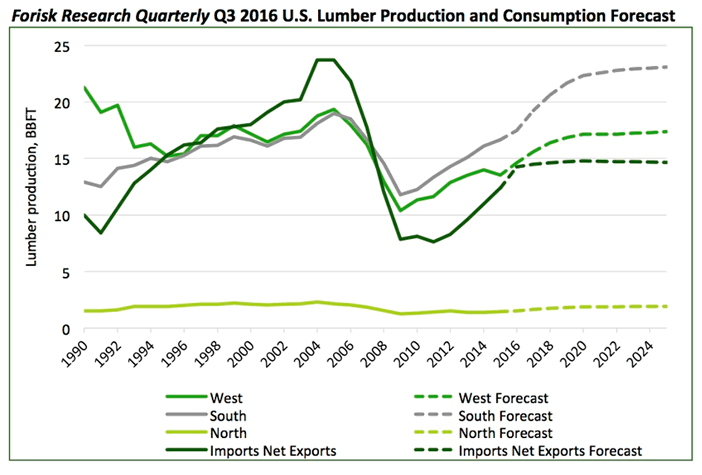
For North America, critical analysis includes Canada’s softwood lumber industry. What is Canada’s ability to manufacture and export softwood lumber to the United States? And what is the status of Canada’s domestic housing markets? Critically for 2016 YTD, Canada housing starts softened, building homes at the lowest rate since 2013. This freed up softwood lumber volumes for export to the U.S. Still, the physical facts of Canada’s softwood sawmill industry have changed, capping its ability to produce and export softwood lumber. Unless Canada reopens old mills or builds new ones, Forisk’s ongoing research indicates that Canada’s maximum softwood lumber production, assuming all open and idled mills operate at 100%, barely hits 30 billion board feet, or nearly 20% less than ten years ago.
U.S. Pacific Northwest Timber Markets
Coastal markets in the Pacific Northwest include 68 open sawmills that can consume over 44.8 million tons of conifer logs. Softwood sawmill capacity utilization in the Pacific Northwest increased for the sixth consecutive year (Figure). Utilization was 78% in 2015, the highest level since 2007. Total capacity is still 13.7% lower than the 2005 peak. And firms continue to announce investments in sawmill infrastructure ($212.5 million in 2015-2019).
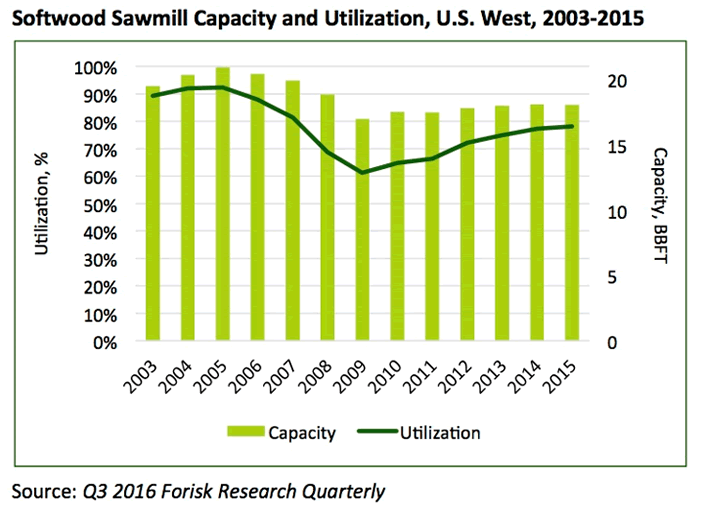
Coastal Oregon accounts for 86% of softwood plywood capacity in the Northwest’s Coastal markets. While Oregon leads the Northwest in plylogs, Washington State leads the U.S. in log exports. Annualized log exports in Washington currently track 2% above 2015 levels; Oregon log exports are up 12% relative to 2015.
The terrain and weather challenges in the West necessitate a diversity of harvesting systems with differing costs and productivities. The total sawtimber inventory is greater in Coastal Oregon than Coastal Washington because the supply located on steeper slopes, accessible by higher cost cable yarding or cable-assisted ground based logging operations, is greater in Oregon (20 BBFT) than Washington (12 BBFT). Regional average logging and hauling costs in the Pacific Northwest region are projected to grow at less than 1% per year over the next decade due to slow diesel cost increases.
This content may not be used or reproduced in any manner whatsoever, in part or in whole, without written permission of LANDTHINK. Use of this content without permission is a violation of federal copyright law. The articles, posts, comments, opinions and information provided by LANDTHINK are for informational and research purposes only and DOES NOT substitute or coincide with the advice of an attorney, accountant, real estate broker or any other licensed real estate professional. LANDTHINK strongly advises visitors and readers to seek their own professional guidance and advice related to buying, investing in or selling real estate.




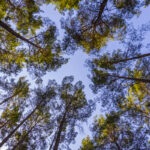

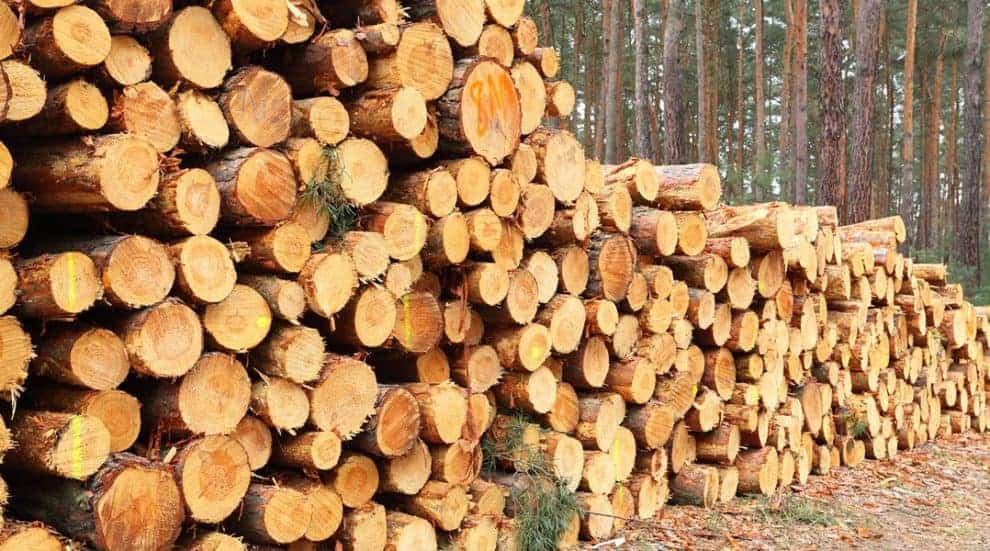

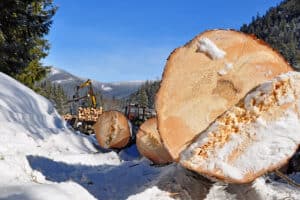
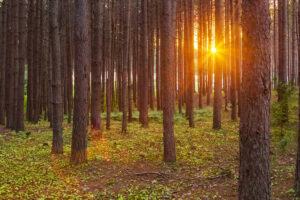
Add Comment